release time:2024-01-05 13:49:24
In vitro diagnostics (IVD) play a crucial role in modern healthcare, helping doctors diagnose and manage diseases with greater accuracy and efficiency. As we enter 2024, the IVD industry is poised to experience several significant trends that could transform the way healthcare is delivered. In this article, we'll take a closer look at the top 10 trends in the in vitro diagnostics industry in 2024.
Point-of-care testing (POCT) involves conducting diagnostic tests at the bedside or in a patient's home, rather than in a laboratory. POCT offers several advantages over traditional laboratory-based testing, including faster turnaround times, reduced costs, and improved patient outcomes. Some examples of POCT devices include glucose meters for diabetes, rapid flu tests, and portable ultrasound machines.
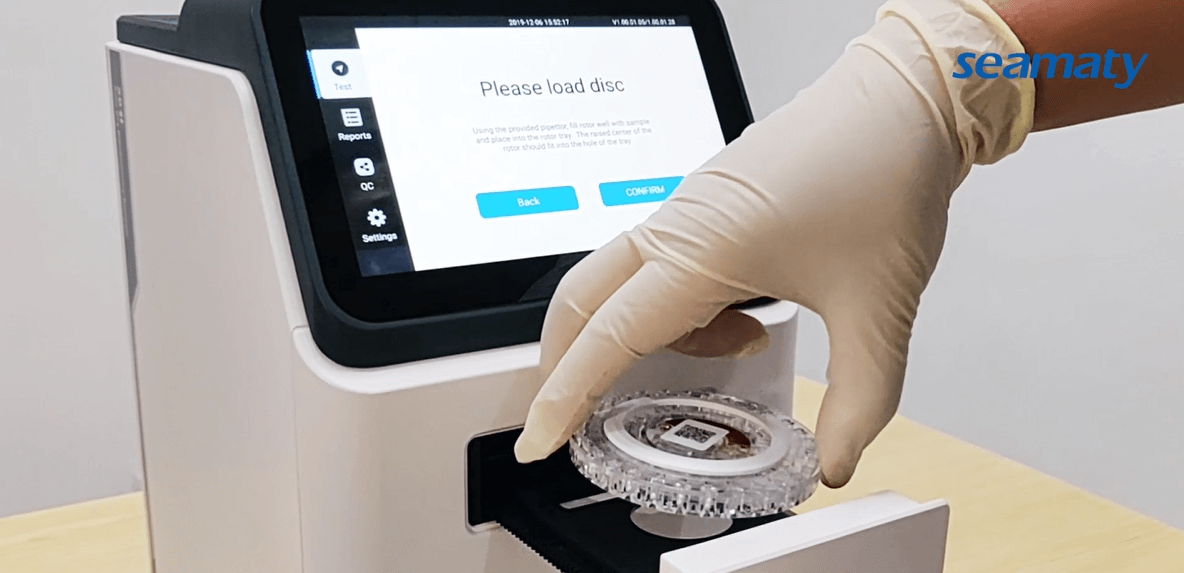
Trend #2: Digital diagnostics
Digital diagnostics use advanced technologies such as artificial intelligence (AI) and machine learning to analyze patient data and diagnose diseases. Digital diagnostics can be used to detect diseases that might otherwise go undiagnosed, such as early-stage cancers. They also offer several advantages over traditional diagnostic methods, including faster turnaround times, improved accuracy, and reduced costs. Examples of digital diagnostic technologies include virtual reality simulations for surgery planning and AI-powered diagnostic tools for radiology.
Personalized medicine involves tailoring medical treatments to a patient's unique genetic makeup, lifestyle, and environment. In the context of IVD, personalized medicine can help doctors identify patients who are at increased risk of developing certain diseases and select treatments that are most likely to be effective for them. Examples of personalized medicine in IVD include genetic testing for cancer risk and pharmacogenetic testing to determine which medications are most likely to be effective for a particular patient.
Liquid biopsy is a non-invasive method of diagnosing diseases using a patient's blood or other bodily fluids. Liquid biopsy can be used to detect cancers at an early stage and monitor their progression, as well as identify other diseases such as infections and autoimmune disorders. Liquid biopsy offers several advantages over traditional biopsy methods, including reduced invasiveness, faster turnaround times, and reduced costs. Examples of liquid biopsy technologies include circulating tumor cell assays and cell-free DNA testing.
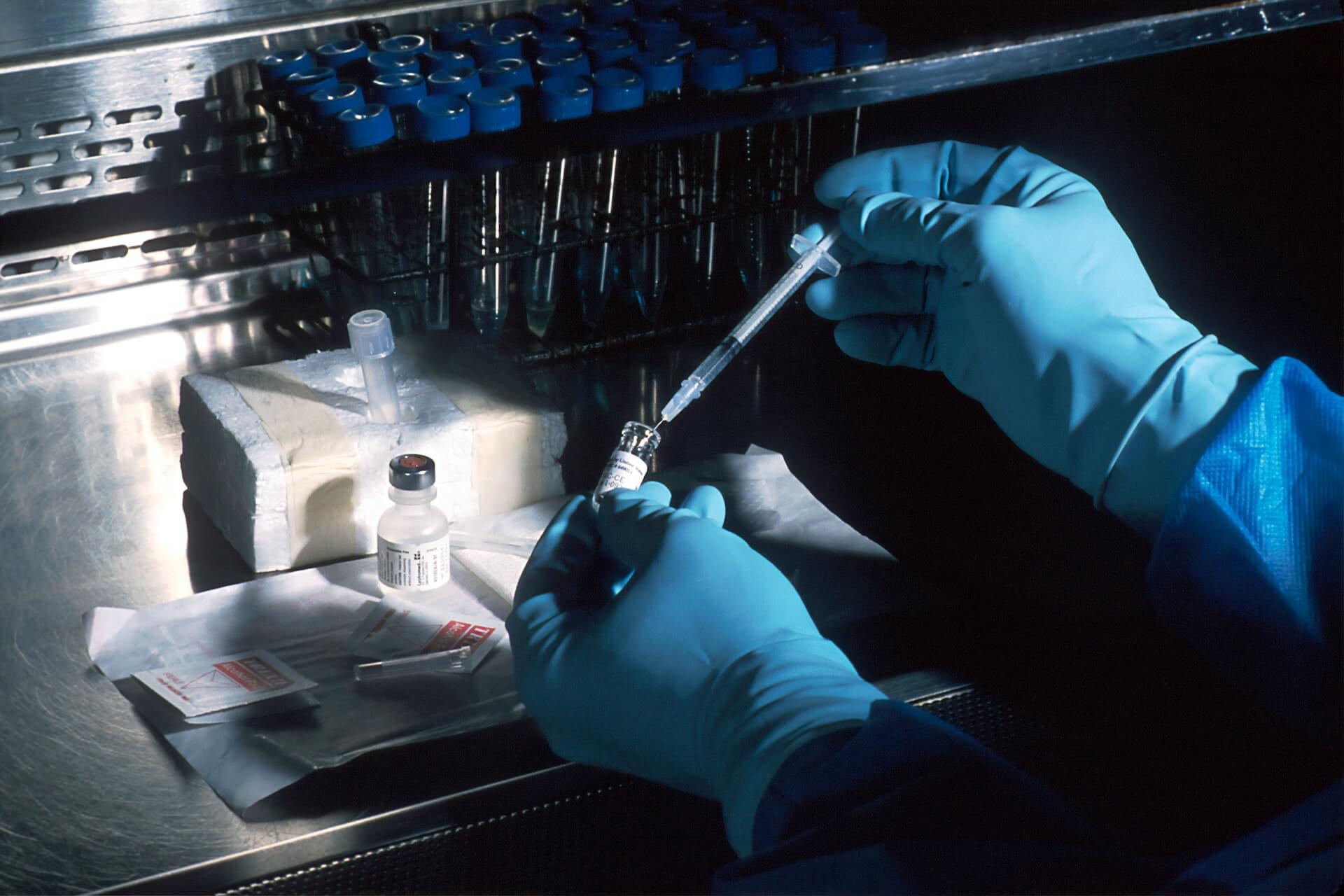
AI and machine learning can be used to analyze vast amounts of medical data and identify patterns that would be difficult or impossible to detect by humans alone. This can lead to more accurate and efficient diagnoses, as well as better patient outcomes. Examples of AI and machine learning in diagnostics include image analysis for radiology and predictive modeling for disease risk assessment.
Infectious disease testing is a critical aspect of public health, and new and emerging diseases are constantly being identified. Diagnostic tests for infectious diseases can help identify outbreaks and allow for more effective treatment and prevention strategies. Examples of new and emerging infectious diseases include Zika virus and Ebola virus disease. Some examples of diagnostic tests for infectious diseases include PCR tests for COVID-19 and rapid antigen tests for influenza.
Home-based testing allows patients to conduct diagnostic tests in the comfort of their own homes, reducing the need for hospital visits and improving convenience. Home-based testing can also be used to monitor chronic conditions such as diabetes and hypertension. Examples of home-based testing technologies include glucose meters for diabetes and blood pressure monitors for hypertension.
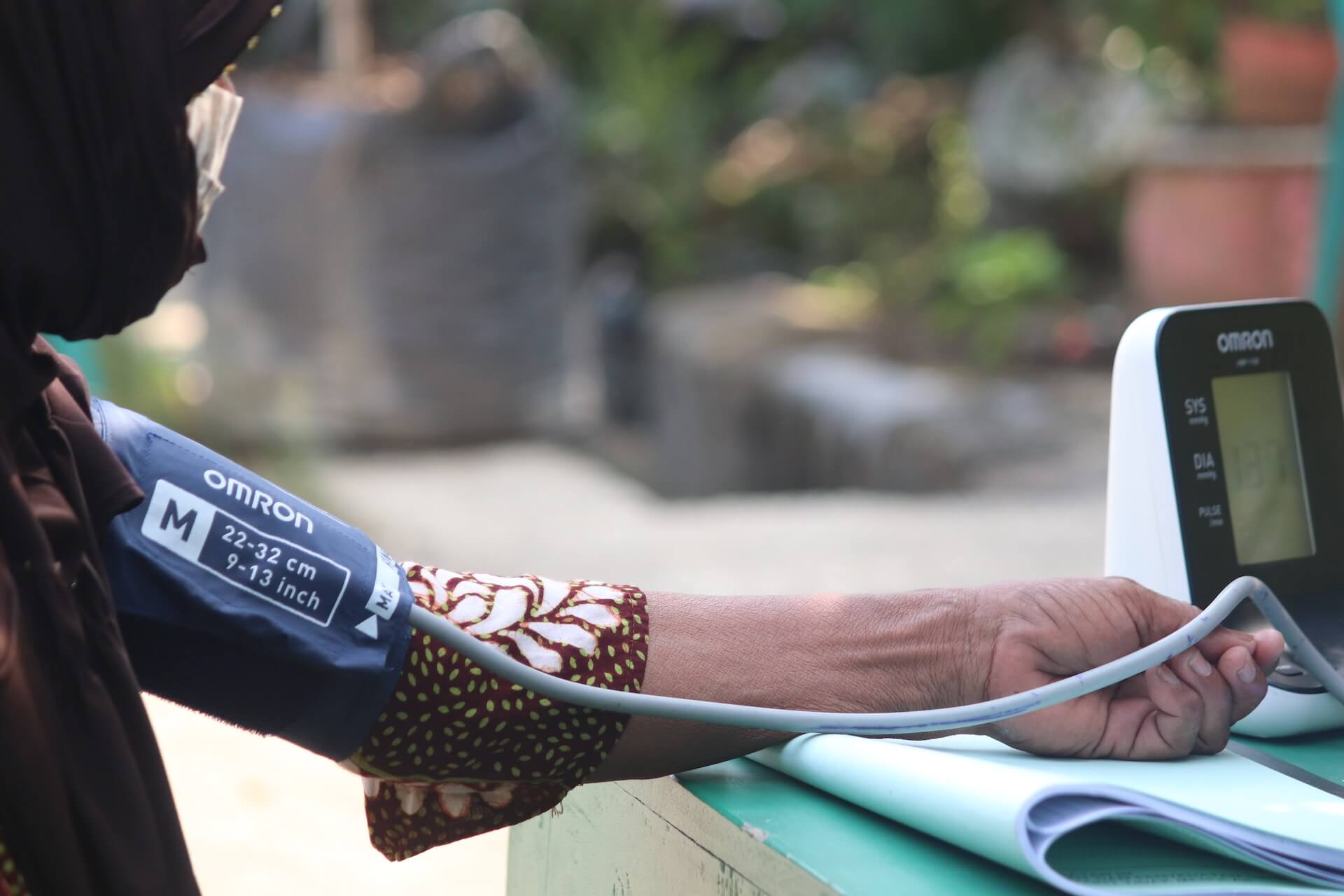
Next-generation sequencing (NGS) is a powerful technology that allows for the analysis of entire genomes or specific regions of the genome. NGS can be used to identify genetic mutations that are associated with disease and develop more targeted treatments. Examples of NGS technologies include whole-genome sequencing and targeted gene panels for cancer diagnostics.
Lab automation involves the use of robots and other automated systems to perform diagnostic tests. Lab automation can improve efficiency and accuracy, reduce costs, and reduce the risk of errors. Examples of lab automation technologies include automated liquid handlers and robotic sample processors.

Digital health platforms allow patients to access healthcare services and information remotely, reducing the need for in-person visits and improving patient outcomes. Digital health platforms can also be used to collect patient data and monitor patients remotely, allowing for more personalized care. Examples of digital health platforms include telemedicine platforms and mobile health apps.
In conclusion, the in vitro diagnostics industry is poised for significant growth and transformation in 2024. The trends outlined in this article, including POCT, digital diagnostics, personalized medicine, liquid biopsy, AI and machine learning in diagnostics, infectious disease testing, home-based testing, NGS, lab automation, and digital health platforms, have the potential to improve patient outcomes, reduce costs, and transform the way healthcare is delivered. As these technologies continue to evolve, we can expect to see even more exciting developments in the years ahead.
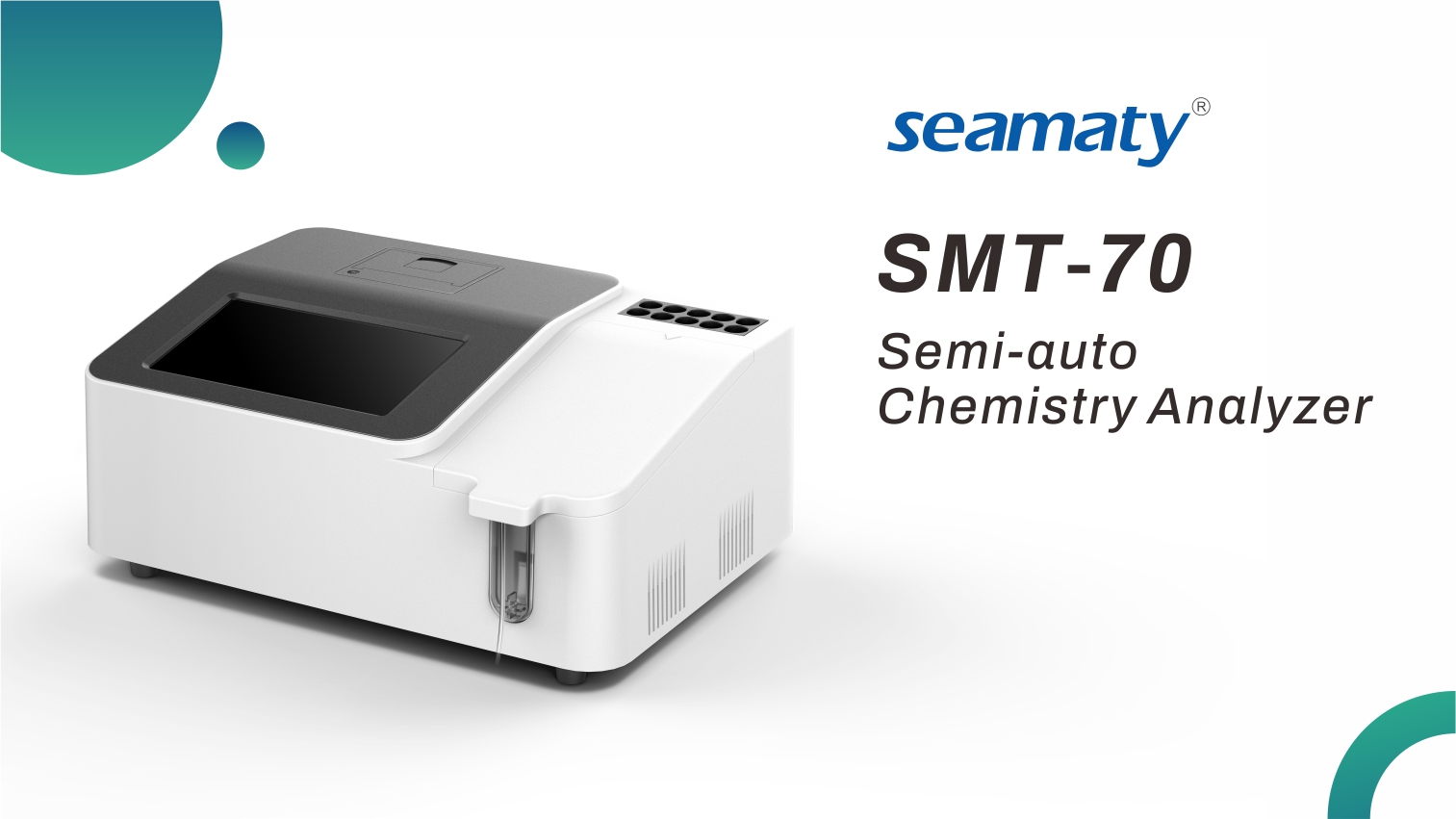
2022-09-18
Common biochemistry analyzers are divided into semi-automatic and fully automatic biochemistry analyzers based on the degree of instrument intelligence. Compared to fully automatic biochemistry analyzers, semi-automatic biochemistry analyzers are more compact, simple in structure, and more versatile in use scenarios.
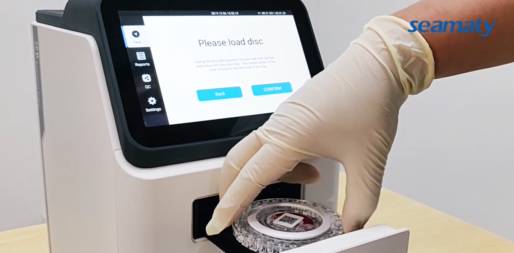
2021-11-04
Among the assay measurements for biochemical analysis, enzyme determination is more complex. It requires higher conditions and is more difficult to test. Generally, as long as the determination of enzymes is accurate and reproducible, the determination of other items in fully automatic biochemical analyzers is generally not a problem.

2021-09-26
A hematocrit analyzer is a device used to perform a complete blood count (CBC) or hemogram. It allows quantitative and qualitative analysis of the elements formed in the blood. Examples include red blood cells, white blood cells and platelets. Blood cell analyzers are mainly used in medical analysis laboratories or hospitals with hematology departments.